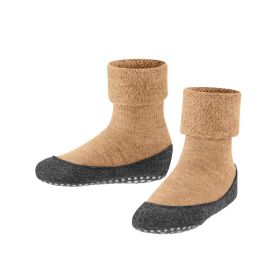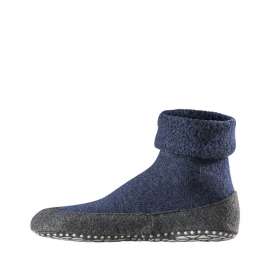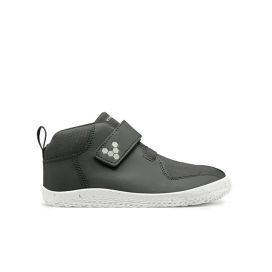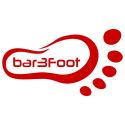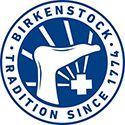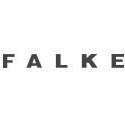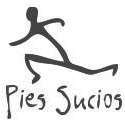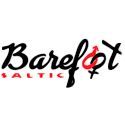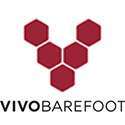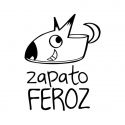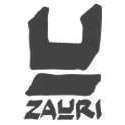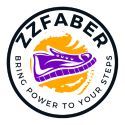No products
Prices are Management included
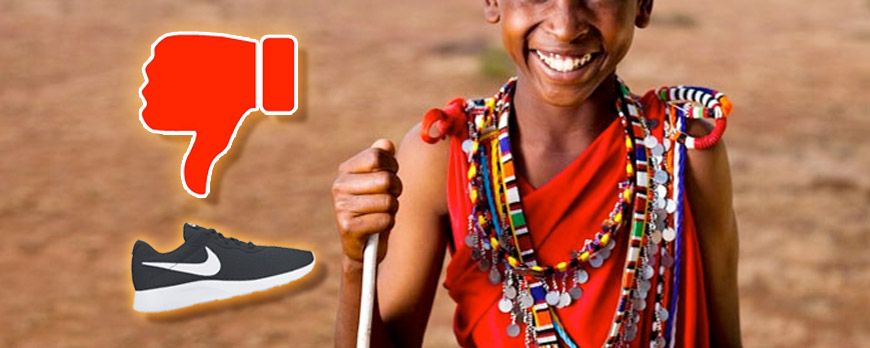
Why do Kenyan children hates the shoes?
The other day, looking for a book I found one I thought that was lost.
I wanted to re-read it from some time ago but I couldn't find it and thought about buying it again.
I usually lend books and sometimes I don't remember who I left it with, so it was a surprise.
'Running with the Kenyans'.
It's about a writer from Runner Worlds magazine who travels with his family to Kenya.
To live, train and try to discover the secrets of the best runners on the planet.
One of the interesting parts comes when he talks about children's racing.
In the competitions in Kenya children with shoes run slower than barefoot.
This is can be seen at all age levels.
Because the more sophisticated, flashy or bulky the shoe, the further behind they go.
Curious, but not so much.
If instead of running we put the children to coloring, who do you think would finish first?
The one who will use the naked hand or the girl with a thick and heavy glove?
It is true, the hand of the girl with the glove would be more protected.
But it is also true that her movements would be clumsy, slow, as if she were drawing in slow motion.
The foot is not very different from the hand.
They also have 5 fingers and share almost the same tactile sensors.
When walking, the ground produces stimulations and the body reacts to them.
Thanks to its sensory apparatus it is able to feel the hardness of the ground and the strength of the foot.
This adjusts the tension of the muscles to achieve the perfect combination of cushioning and stability.
This is why it is important for children to be barefoot for as long as possible.
So that their feet can develop fully.
And so that their brain development is maximised.
If it's cold at home, Falke socks allow the foot to be warm, but don't squeeze the toes.
And in the street, with a pure minimalist shoe, which is the closest thing to a bare foot.
Dejar un ComentarioDejar una respuesta
Blog categories
- Running Technique
- Shoes Review
- Scientific studies
- Nike and minimalist shoes
- Morton neuroma
- Bunions
- Podiatrists' opinion on...
- Claw toes, crowded toes,...
- Flat feet
- Runner's injuries, runner's...
- Sprained feet, ankle sprains
- Footwear for wide feet or...
- Heel and back pain
- Children's feet and...
- Circulation and bone...
- Knee pain, osteoarthritis,...
- Plantar fasciitis
Últimos Comentarios
Fernando Capellán
Do podiatrists who criticize barefoot footwear...Fernando Capellán
That Vivobarefoot lawsuit… and what happened nextLorena Cortés
This is what Nike did to Nadal's footFernando Capellán
They call it ugly... but everyone will...

